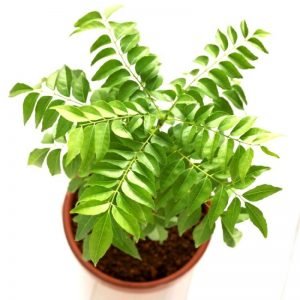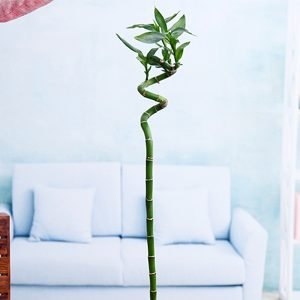Ashwagandha Plant (Withania Somnifera)
1) Name of Plant (common name/ Scientific name )- Ashwagandha / Withania somnifera
2) Type of plant (Indoor/outdoor)- Outdoor
3) Size of pot it comes in- 5 inches
4) Seasonal/ perennial- Perennial
5) Place to keep- Full sun
Out of stock
₹168.00 ₹250.00
Out of stock
-
All Plants, Herb Plants, Indoor Plants, Outdoor Plants
Curry Plant, Kadi Patta, Murraya koenigii- Plant
-36% All Plants, Herb Plants, Indoor Plants, Outdoor Plants
All Plants, Herb Plants, Indoor Plants, Outdoor PlantsCurry Plant, Kadi Patta, Murraya koenigii- Plant
1) Name of plant – Curry Plant/ Murraya koenigii
2) Type of plant (Indoor/ Outdoor) – Outdoor
3) Size of the pot it comes in- 5 inches
4) Seasonal / Perennial – Perennial
5) Flowering/ Foliage- Foliage
6) Place to keep- Bright Light
SKU: n/a
Ashwagandha plant
Description of Ashwagangha plant
Withania somnifera, known commonly as ashwagandha, Indian ginseng, poison gooseberry, or winter cherry, is a plant in the Solanaceae or nightshade family. Beside it is a medicinal plant. What’s more several other species in the genus Withania are morpho logically similar. Although thought to be useful as a medicinal herb in ayurveda, trials supporting its clinical use are limited. However, many in vitro and animal experiments suggest effects on the immune, endocrine, and CNS systems, as well as in the pathogenesis of cancer and inflammatory conditions.
Ashwagandha plant is cultivated in many of the drier regions of India. Moreover it is also found in Nepal, Sri Lanka, China, and Yemen. In addition it prefers dry stony soil with sun to partial shade. Lastly it can be propagated from seeds in the early spring or from greenwood cuttings in the later spring.
| Plant Height | 35-75 cm |
| Plant Spread | 10 -12 cm |
| Common Name | Ashwagandha |
| Maximum Reachable Height | 35-75 cm |
| Flower Color | green |
| Bloom Time | 4 Weeks |
Planting and Care
- You can sow ashwagandha plant indoors in small containers or flats.
- Furthermore if you’re growing indoors, push the seeds about one-fourth inch below the surface of the soil.
- In addition transplant the plants into outdoor soil when they reach about 4 inches high.
- Also carefully dig each root and gently dust off the soil.
- In addition give them a quick wash and then dry them in a well-ventilated area with good air flow.
- Moreover ashwagandha plant is generally grown in hot and dry conditions and it may be difficult to effectively dry the roots in humid climates.
| Sunlight | full sun |
| Watering | low to moderate |
| Soil | sandy loamy, light red soils |
| Temperature | 20 degree C- 30 degree C |
| Fertilizer | Apply any organic fertilizer. |
Ashwagandha Plant Uses and Benefits
- It helps in lowering cholesterol.
- Furthermore it helps in regulating blood sugar levels.
- Moreover it is good for the heart.
- Ashwagandha is considered an adaptogen and it may help the body better cope with stress.
- Also it’s believed to regulate the body’s stress response by reducing cortisol levels.
- Along with its stress-reducing properties, ashwagandha may have mood-boosting effects.
- Moreover it’s thought to influence neurotransmitters like serotonin and are involved in regulating mood.
- There’s some evidence to suggest that ashwagandha may improve cognitive function and memory.
- Traditional use of ashwagandha plant includes its role as a tonic for increasing energy levels and stamina.
- In addition ashwagandha has a long history of use as an aphrodisiac and is believed to improve sexual health and function in both men and women.
- Ashwagandha may help support thyroid function, particularly in cases of hypothyroidism.
- Lastly some studies suggest that ashwagandha may have anti-cancer properties.
- Although more research is needed to confirm these effects.
Disclaimer : The image is for reference purposes only. The actual product may vary in shape or appearance based on climate, age, height, etc.
Based on 1 review
Add a review
You must be logged in to post a review.












3421rahulnegi –
Received healthy plant without any damage on foliage of plant.
3421rahulnegi –